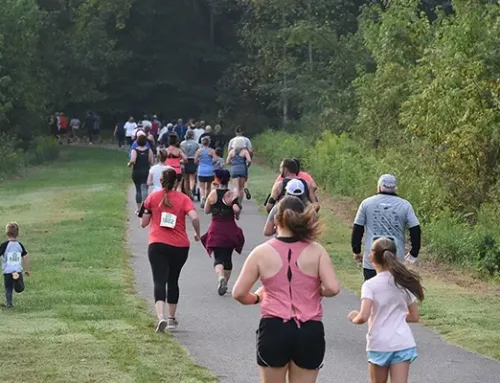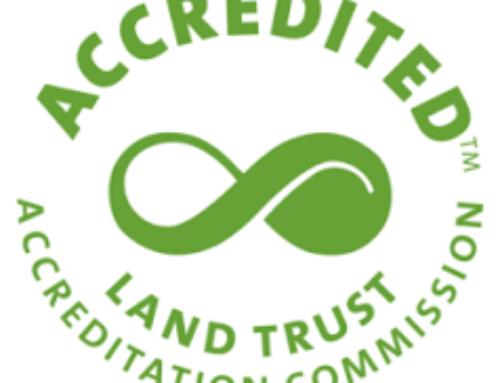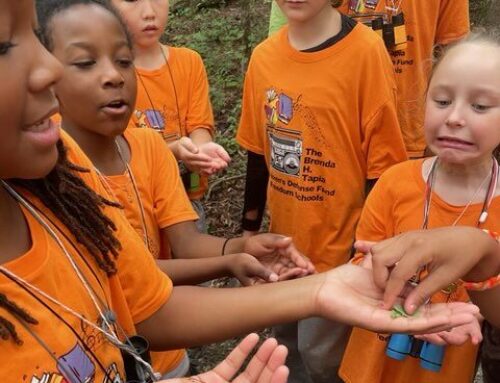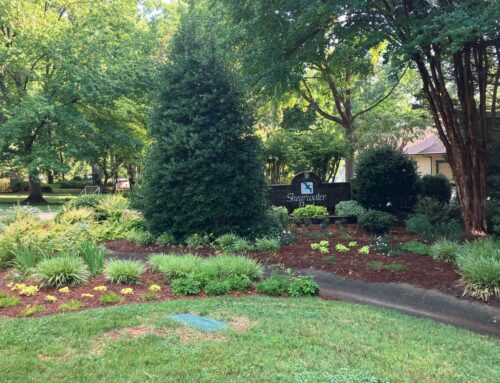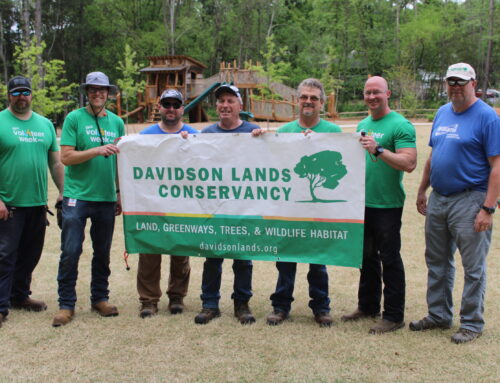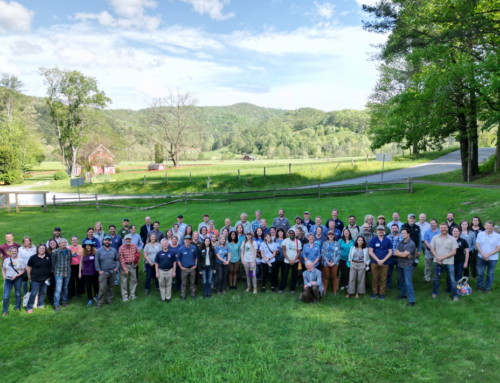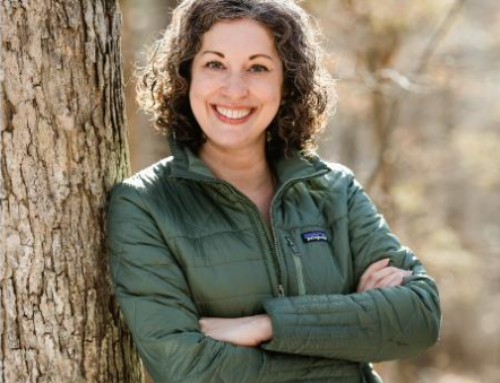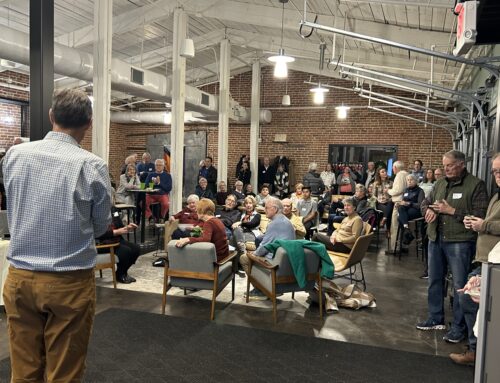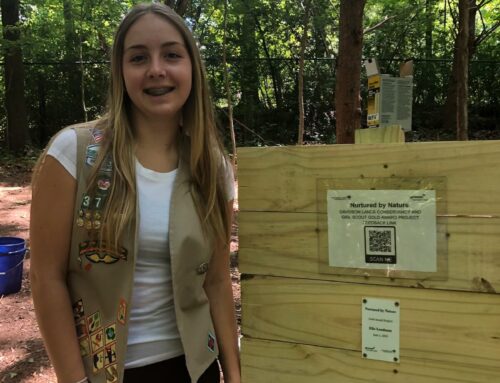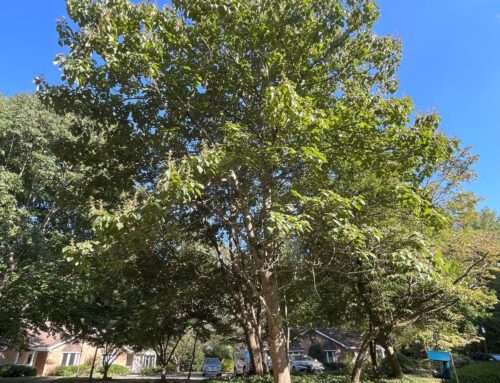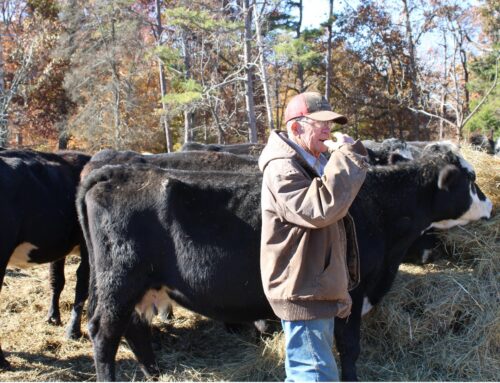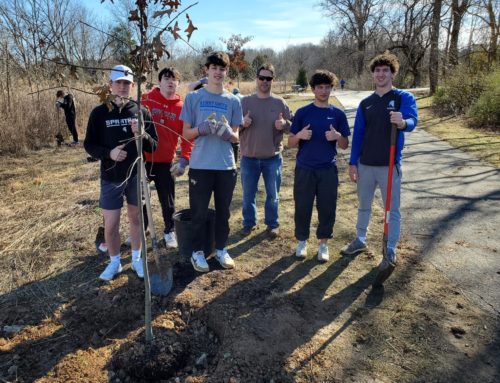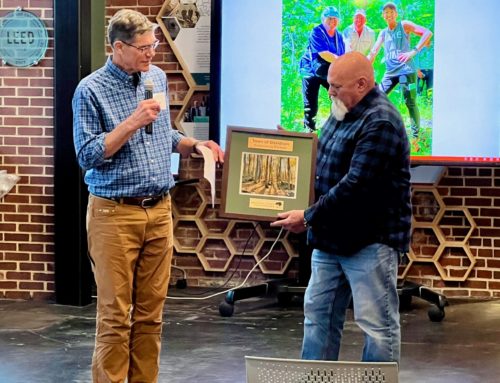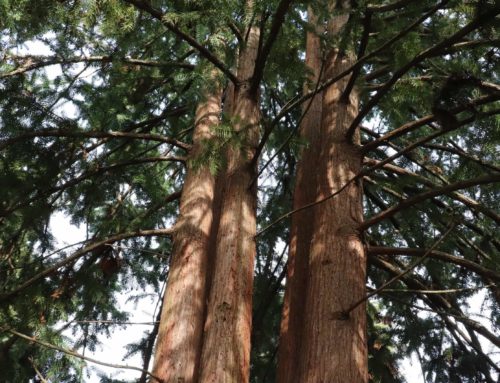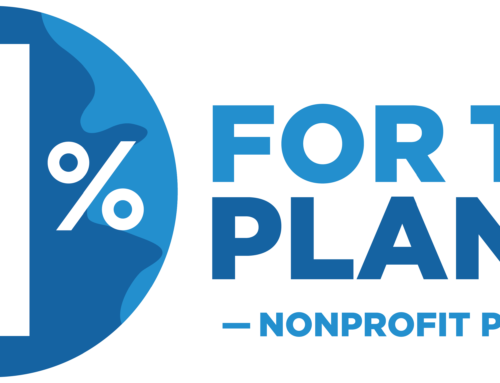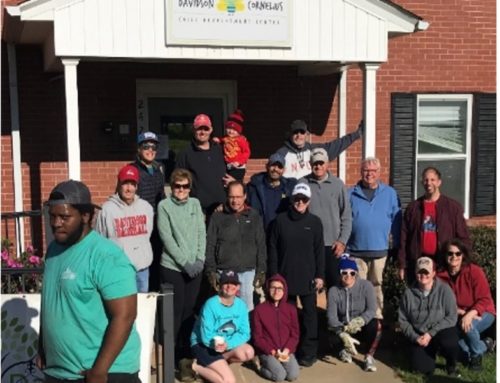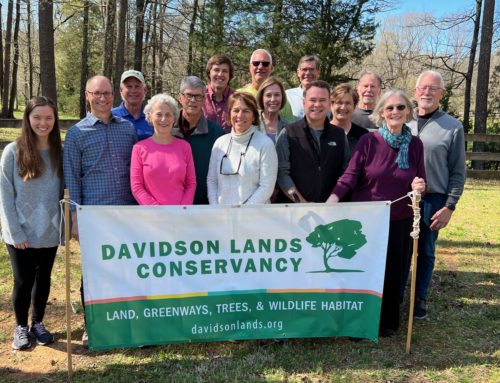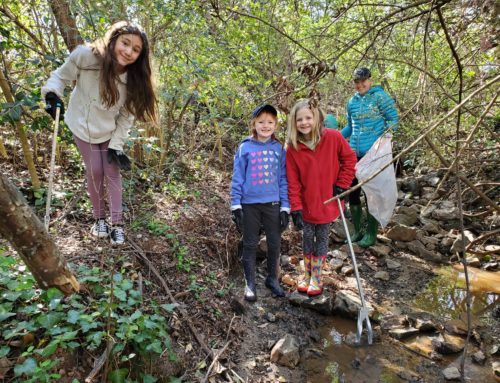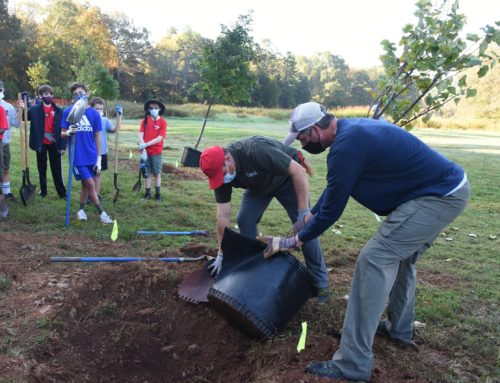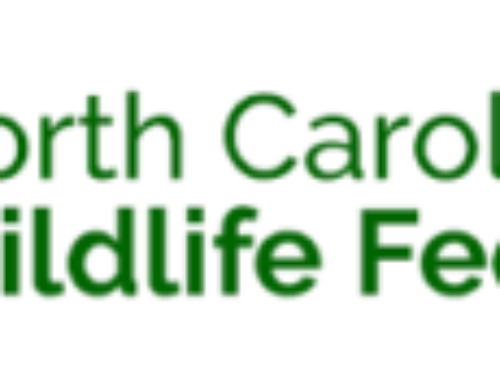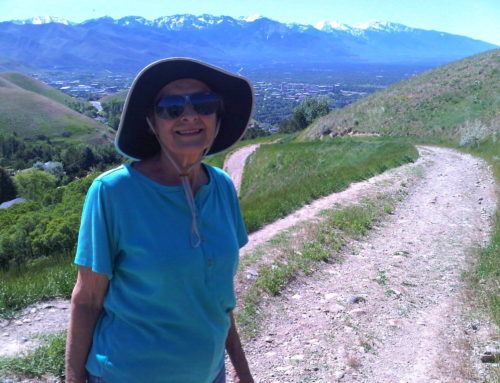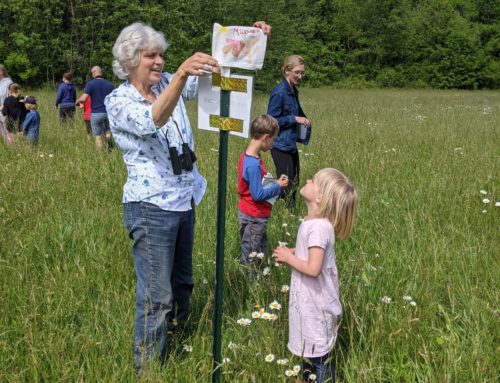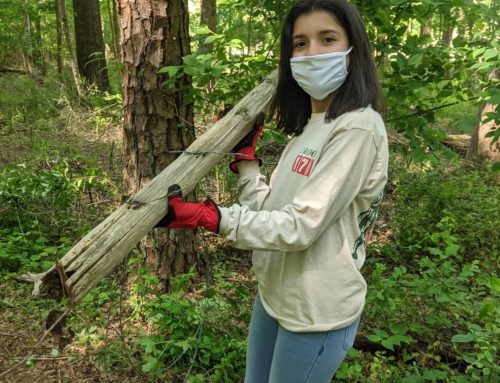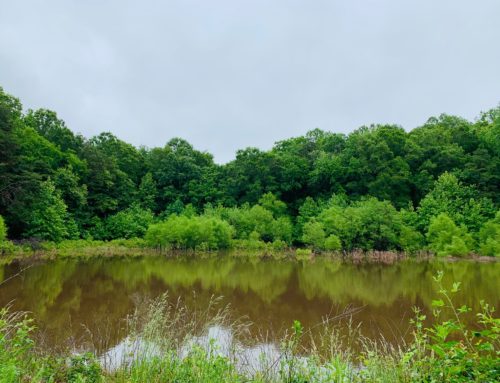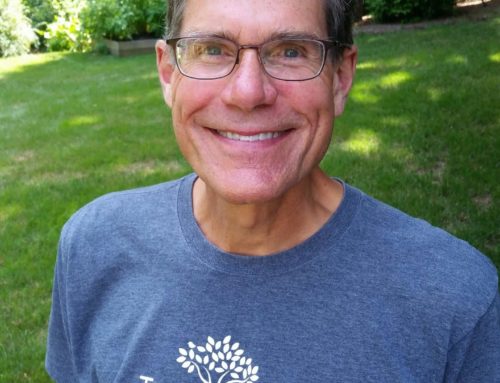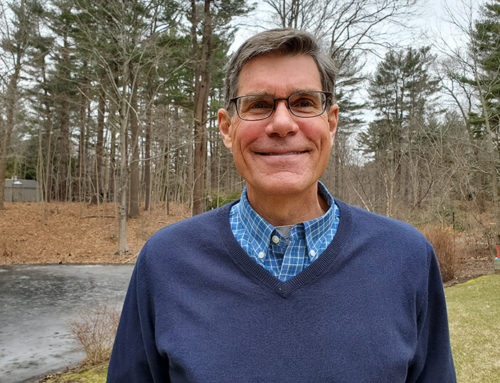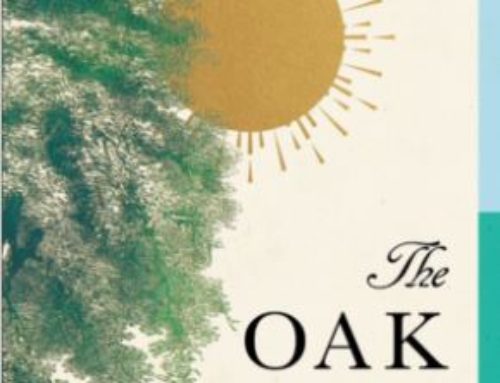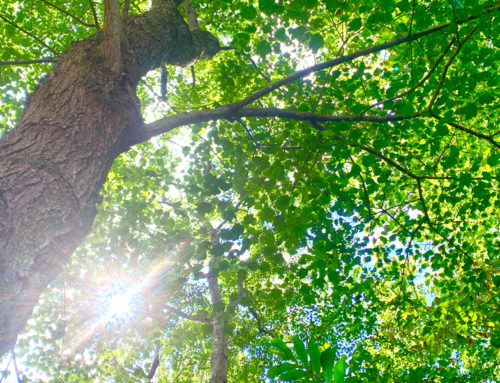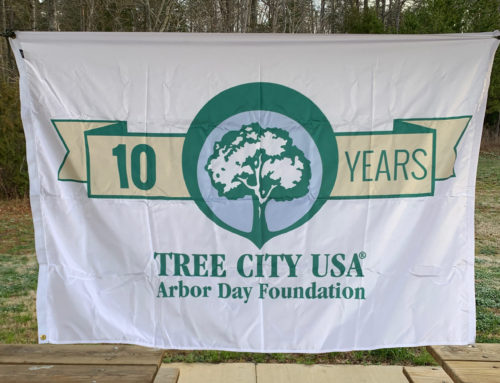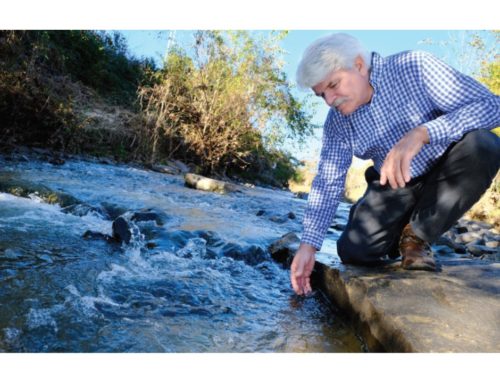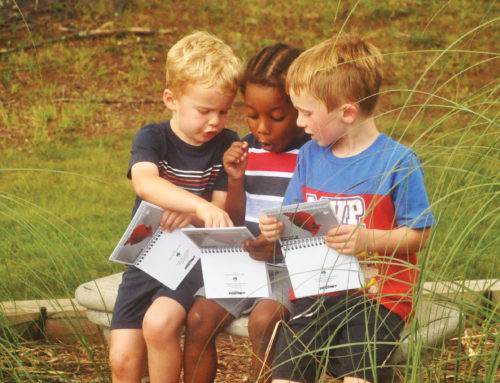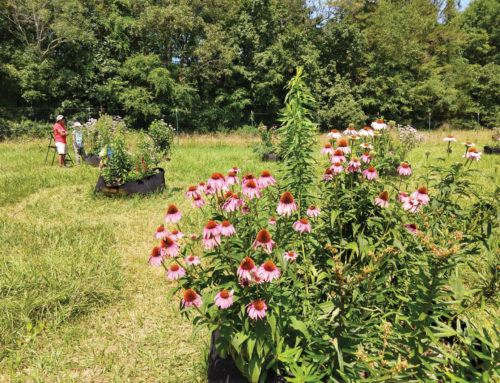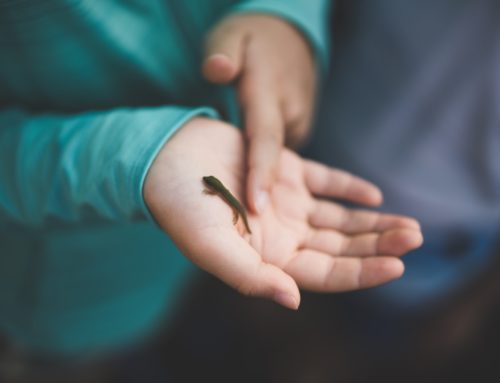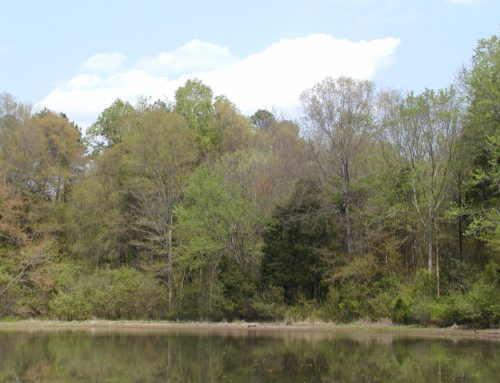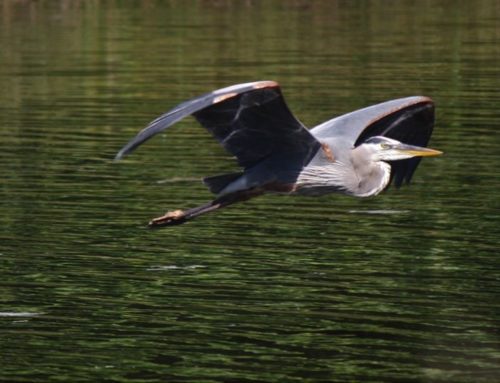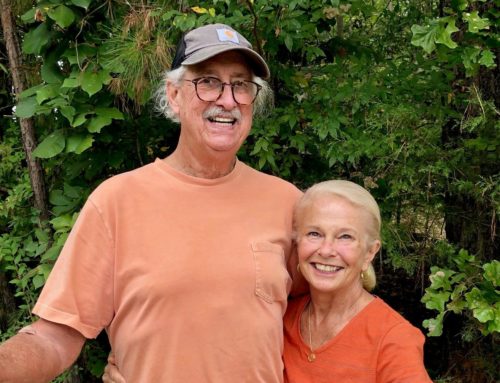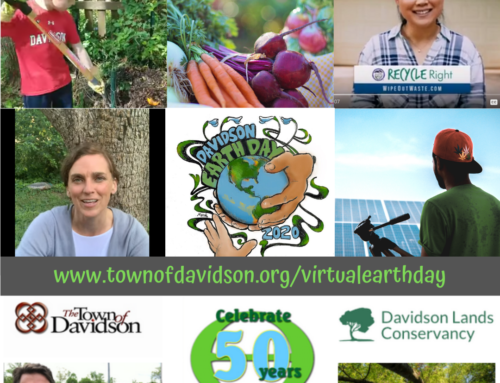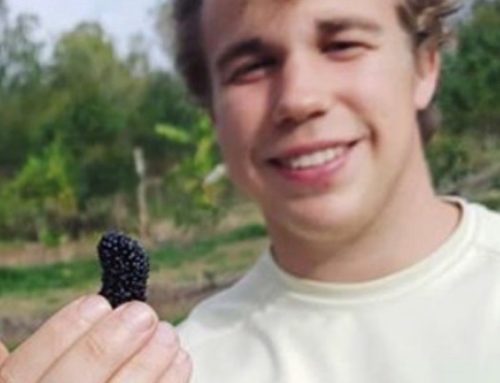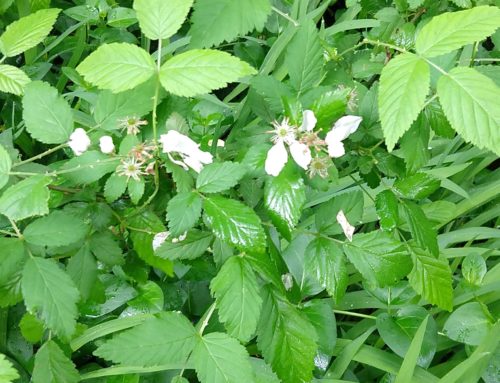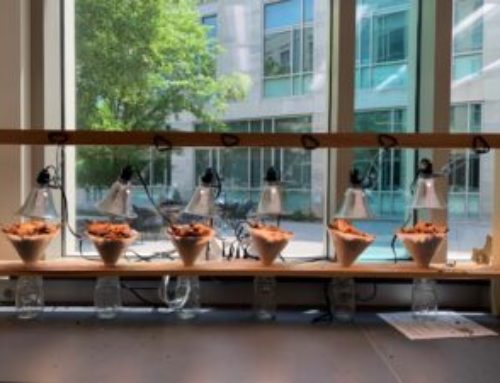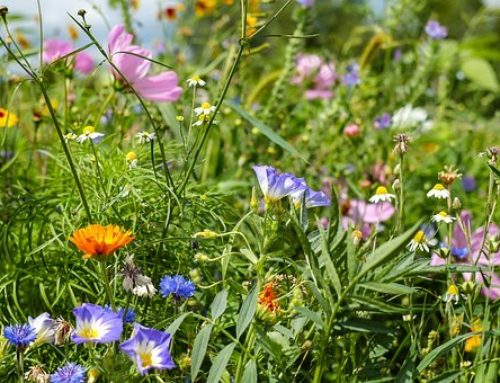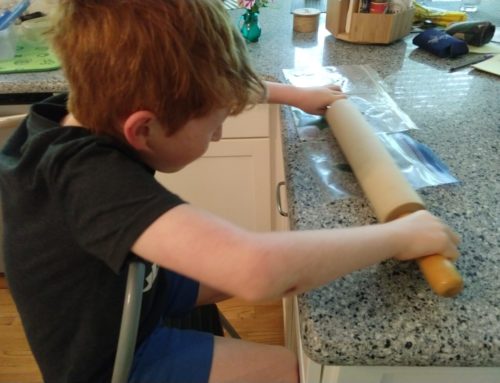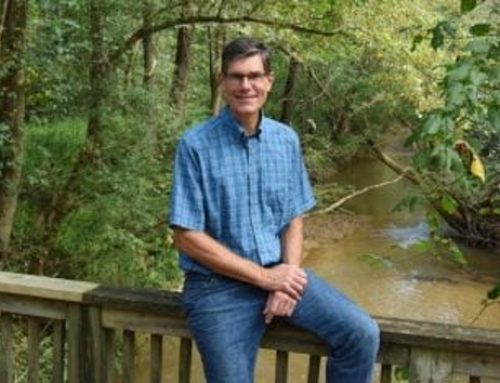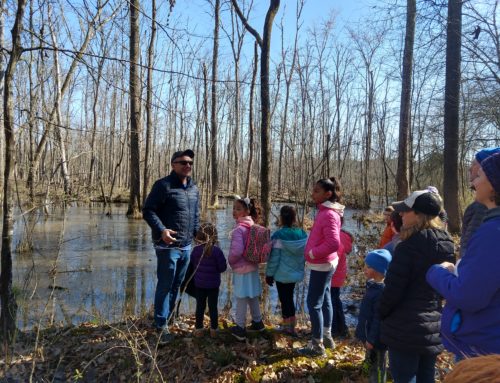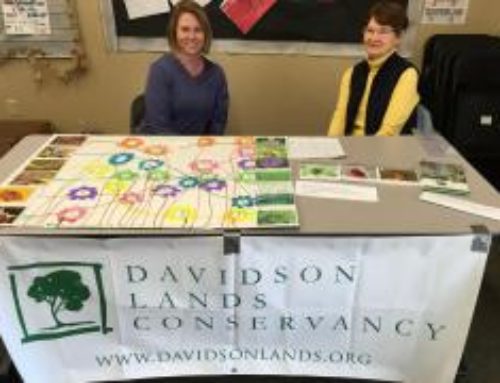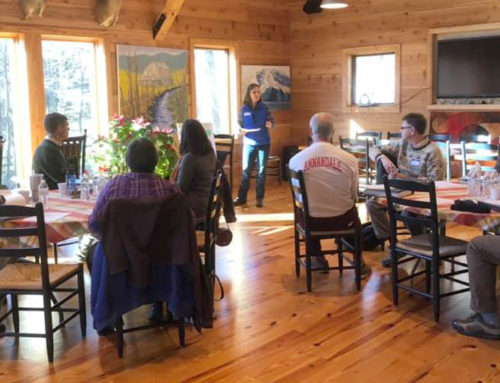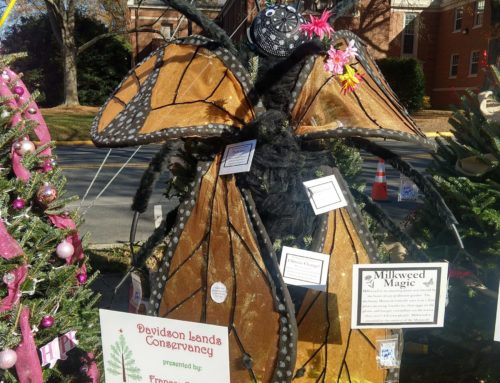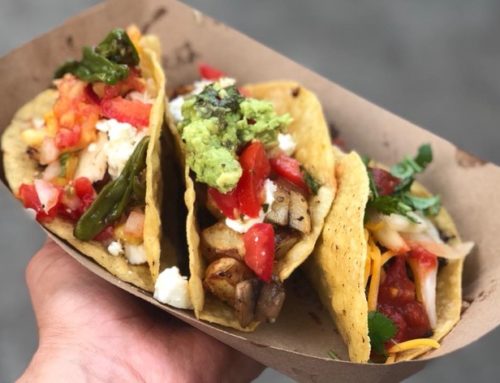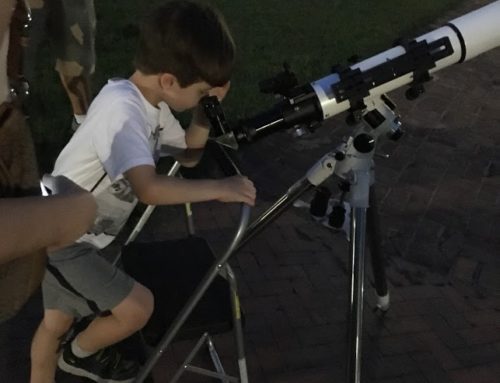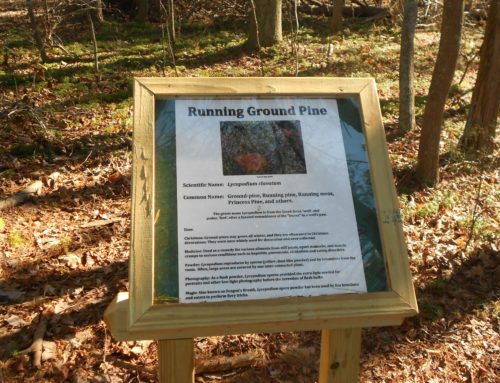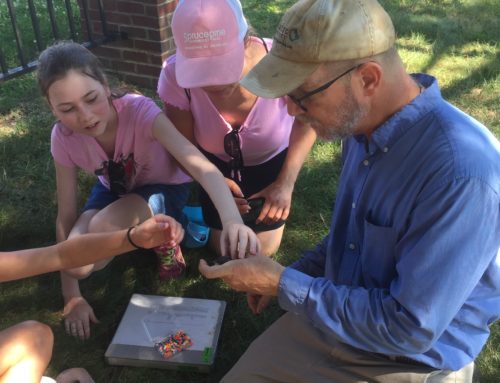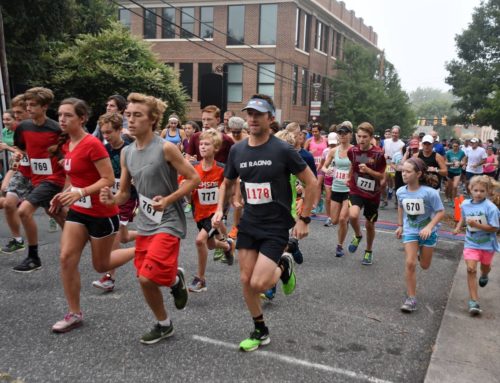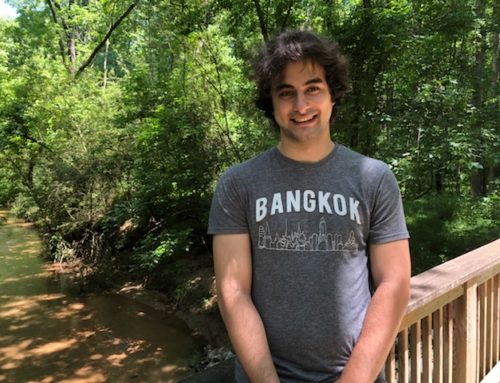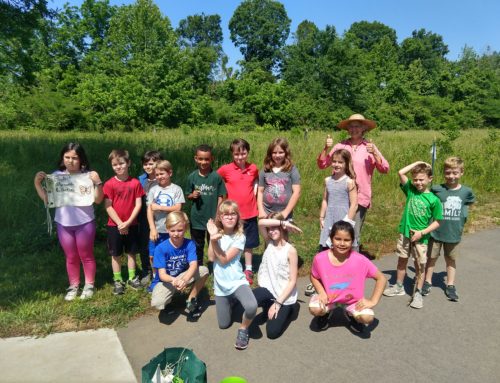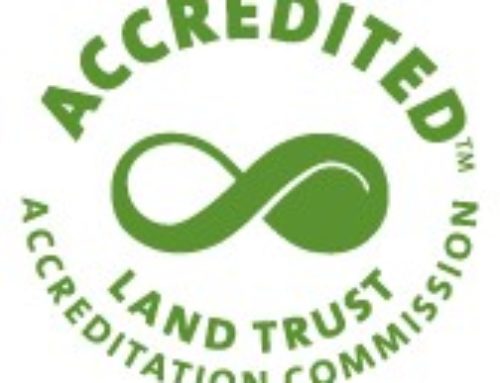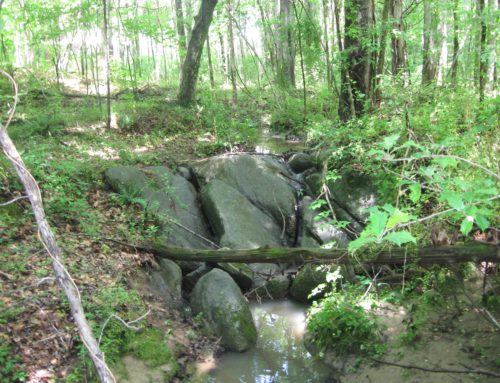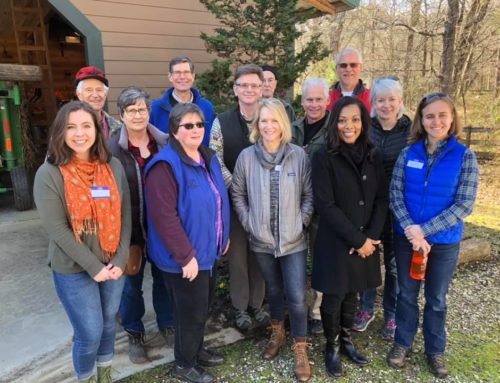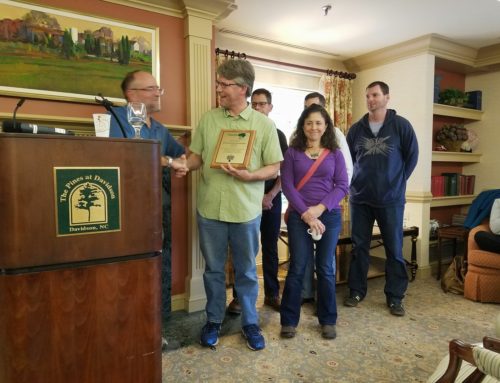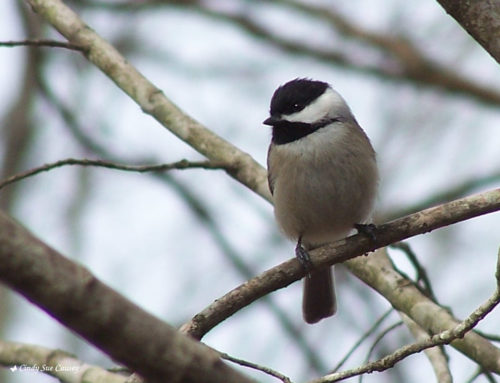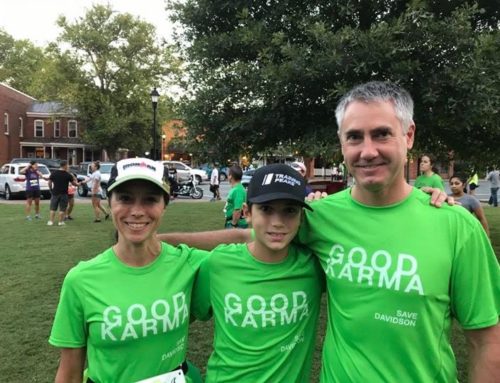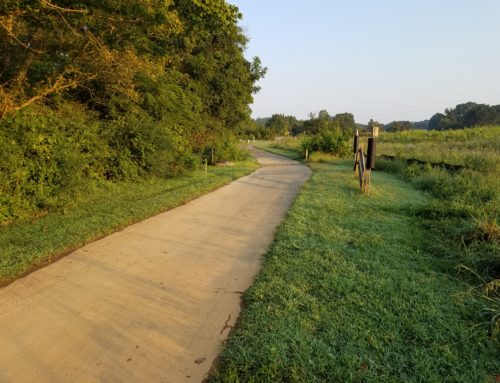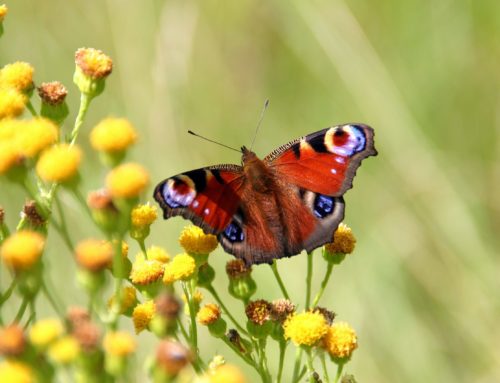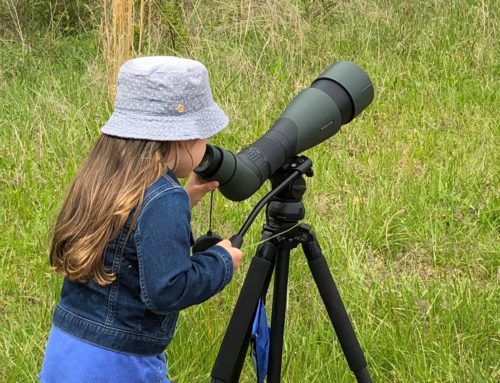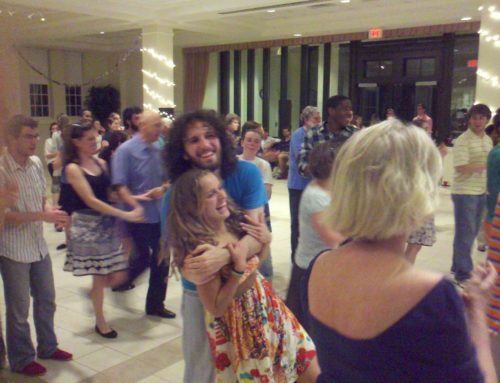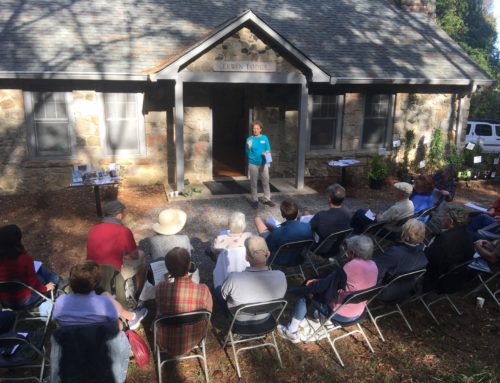By Pam Dykstra
Davidson Lands Conservancy (DLC) is a story of a shared vision for protecting land to benefit all — one that began as a hope, a trust, and a belief in the power of community. It took vision to see beyond the present, trust to bring people together, and dedication to turn an idea into lasting conservation.
In 2000, Mayor Randy Kincaid invited Davidson citizens, town staff, and elected officials to form a task force to explore ways to protect green space. Citizens Ron Charbonneau, Bob Cumming, Lynn Henderson, Chris Sekarak, Martha Strawn, and Elizabeth Whitener were joined by Town Manager Leamon Brice, Town Attorney Rick Kline, Town Planner Dawn Blobaum, and Commissioners David Martin and John Woods.
One of the options that the task force explored was a land conservancy, and if such a conservancy should be independent or linked to the Town. After studying examples of both town-linked and independent conservancies, and after considering the strained relationship between the rural landowners and the town of Davidson at the time, the task force moved in the direction of an independent land conservancy.
The task force interviewed key participants from established independent land conservancies. Ron Altmann, Director of the Catawba Lands Conservancy (CLC) in Charlotte, offered a copy of CLC’s bylaws for reference and his staff’s assistance. Jeff Michael of the LandTrust for Central North Carolina in Salisbury helped the task force to better understand the roles and possibilities of trusts. These meetings began the important relationships between the DLC and these well-established conservancies.
In 2000, the State of North Carolina officially recognized Davidson Lands Conservancy as an independent land conservancy with CLC as its founding partner. CLC offered legal advice, staff support, and provided a piece of land that later became the conservation easement on the Brackett Bluff property.
Ron Charbonneau served as the President of the first Board of Directors, comprising the task force members. The Executive Committee included President Charbonneau, Vice-President Strawn, Treasurer Budd Berro, Secretary Bob Cumming, and two members at large: Matthew Churchill and DeWitt Crosby.
At its first annual meeting in 2001, Vice President Strawn succeeded Charboneau as president. A new board and officers were elected, including VP for Long Range Planning Doug Boone, VP of Development Russ Gavitt, Recording Secretary Bob Cumming, Corresponding Secretary Nancy Lingle, and Treasurer Budd Berro. Soon after, biology professors Dave Grant and Mark Stanback, using CLC stewardship documents for reference, drafted DLC’s Land Stewardship Policies.
DLC’s goal to protect land had formally begun. This mission was shaped by the complex relationship between rural landowners and the vision to conserve land. Budd Berro, treasurer at the time, reflects on those early years:
“The ‘strained relationship’ between the rural landowners and the Town referenced in the history relates to the tremendous development pressures at the time on the Town and potentially significant economic opportunities for long-term landowners. The Town was trying to preserve the environmental character of the Town while at the same time trying to avoid denying economic benefits to the owners; I remember some very fraught conversations in this regard. I also recall the DLC founders being highly committed to their mission, spending countless hours trying to create an organizational framework and structure that would be foundational and sustainable.”
DLC was founded on strong relationships with other organizations and entities to support its conservation efforts. In addition to the CLC, the Town of Davidson not only initiated its creation but also provided financial support during its first year.
Dave Martin, a Town commissioner at the time and a former DLC president, recalls the organization’s early efforts to protect land through an informal partnership with the Town. In this partnership, DLC used a strategic, collaborative approach to conservation. Rather than opposing development outright, it engaged with developers to identify ecologically valuable areas that warranted protection.
As Martin explains, “DLC avoided being political by not protesting against developments, but instead we talked to developers about which specific ecological areas would merit protection and how the DLC would be available to help do the protection. Often those conversations did not lead to conservation easements, but they did signal to the Town’s planning staff where and how ecologically valuable green space could be saved.”
Over time, this informal relationship with the Town evolved into a formal partnership. Today, the Town actively consults with DLC when considering development projects, ensuring that conservation values are upheld as much as possible.
As DLC grew, the need for administrative staff became evident. In 2006 Roy Alexander was hired as a part-time executive director before shifting to a full-time role, serving until 2015. At Roy’s untimely death, Autumn Michael served as executive director from 2015-2021, followed by Dave Cable serving from 2021-2024, and in 2024, Beth Wytiez, our current executive director took the helm.
DLC’s success is a testament to both its relationship with other entities and to Davidson citizens who served as presidents, board members, and volunteers. DLC’s past board presidents attest to the dedication of citizens to conservation: Ron Charbonneau, Martha Strawn, Dave Grant, June Kimmel, Jim Fuller, Sterling Martin, Dave Martin, Pam Dykstra, Rodney Graham, Rob VanEpps, John Burke, Yancey Fouche, Gordon Clark, Paul Freestone, Ed Harris, and currently Tom Shandley. The board members who served in these administrations have been the driving force to DLC’s carrying forth its mission.
Ron Charbonneau, DLC’s first president, particularly remembers the dedicated volunteers who are too numerous to list here: “When I was selected to be president, my only concern was that I would be dealing for the first time in my life with volunteers instead of the business world where there is leverage over careers, pay, and bonuses. What I found was that people volunteered because they had a passion for land conservation – whether it was restoring native habitats, planting trees, identifying land to protect, or advocating policy changes. Their work benefited the natural world, wildlife, and all of us. There is no greater reward. DLC’s volunteers have been the key to DLC’s success over the years.”
What started as a hope among a few has grown into a legacy of protected landscapes, improved ecosystems, and a deep-rooted connection between people and nature. Today, decades later, the impact of that original vision is seen in every preserved acre, the expanding and connecting greenways and trails, urban forestry, wildlife habitats, and every person who finds solace in the land that DLC has helped protect. Jim Fuller, former DLC president, captures it perfectly: “DLC reflects the hard work and dedication of citizens who dreamed a dream and then rolled up their sleeves to make the dream a reality. It is the quintessential example of what makes our small town a wonderful place in which to live.”




